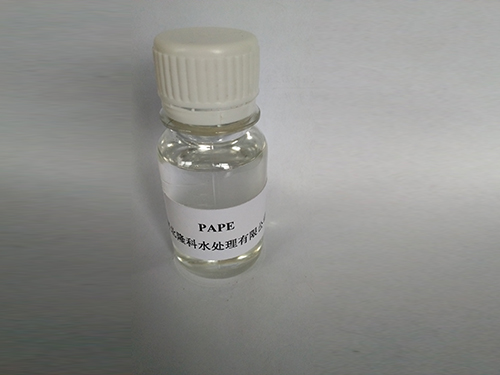Exploring the Applications and Benefits of Anionic Polyacrylamide in Water Treatment Processes
Anionic Polyacrylamide Properties, Applications, and Benefits
Anionic polyacrylamide (APAM) is a synthetic polymer derived from polyacrylamide, widely recognized for its useful properties and diverse applications across various industries. With its unique anionic nature, this water-soluble polymer exhibits significant advantages that make it an essential component in fields such as water treatment, agriculture, and pharmaceuticals.
Chemical Structure and Properties
Anionic polyacrylamide is formed by the polymerization of acrylamide monomers, incorporating anionic groups, typically carboxylate, during the synthesis process. This incorporation results in a product that carries a negative charge, allowing it to interact effectively with positively charged particles, such as suspended solids and pollutants in water. The degree of anionicity can be adjusted during the production process, enabling the tailoring of its properties for specific applications.
One of the standout features of APAM is its high molecular weight, which can range from thousands to several million Daltons. This high molecular weight contributes to its exceptional viscosity and ability to flocculate, or agglomerate, particles in a fluid. As a result, it is highly effective in sorting and removing impurities in various settings.
Applications of Anionic Polyacrylamide
1. Water Treatment
One of the primary applications of anionic polyacrylamide is in the treatment of wastewater. Its flocculating properties allow it to bind to colloidal particles in sewage and industrial effluents, thereby facilitating their aggregation into larger flocs that can be easily removed through sedimentation or filtration. This process not only improves water quality but also reduces the cost and complexity of water treatment operations.
2. Agriculture
anionic polyacrylamide

In agriculture, APAM is used to enhance soil structure and water retention. By improving soil aggregation, it helps to reduce erosion, increase water infiltration, and minimize surface runoff. Farmers often incorporate anionic polyacrylamide into irrigation systems to preserve moisture, especially in arid regions. This results in better crop yields and reduced water usage, contributing to more sustainable farming practices.
3. Oil and Gas Industry
In the oil and gas sector, APAM serves as a thickening agent in drilling fluids. Its anionic nature allows it to stabilize emulsions and improve the viscosity of the fluid, which is crucial for the efficient extraction of resources. Additionally, APAM is used in enhanced oil recovery techniques, where it helps to improve the mobility of oil in porous rock formations.
4. Pharmaceuticals and Cosmetics
In the realm of pharmaceuticals and cosmetics, anionic polyacrylamide is valued for its rheological properties. It acts as a thickening and stabilizing agent in various formulations, contributing to the texture and consistency of creams, gels, and lotions. Furthermore, its biocompatibility makes it suitable for use in medical applications, such as drug delivery systems.
Benefits of Anionic Polyacrylamide
The widespread adoption of anionic polyacrylamide is primarily due to the numerous benefits it offers. Firstly, its effectiveness in promoting flocculation leads to cleaner effluents in wastewater treatment processes, aiding in environmental protection. Secondly, its ability to enhance soil properties supports agricultural sustainability, which is increasingly important in the context of global food security. Moreover, APAM is relatively cost-effective, making it an appealing choice for various industrial applications.
In conclusion, anionic polyacrylamide is a versatile polymer with significant impacts across multiple industries. Its unique properties not only enhance efficiency in processes like water treatment and agriculture but also drive advancements in sectors such as oil extraction and pharmaceuticals. As industries continue to face environmental challenges and strive for sustainability, the importance of APAM is expected to grow, reinforcing its role as a valuable tool in modern technology and practices.
-
Water Treatment with Flocculant Water TreatmentNewsJun.12,2025
-
Polymaleic AnhydrideNewsJun.12,2025
-
Polyaspartic AcidNewsJun.12,2025
-
Enhance Industrial Processes with IsothiazolinonesNewsJun.12,2025
-
Enhance Industrial Processes with PBTCA SolutionsNewsJun.12,2025
-
Dodecyldimethylbenzylammonium Chloride SolutionsNewsJun.12,2025





